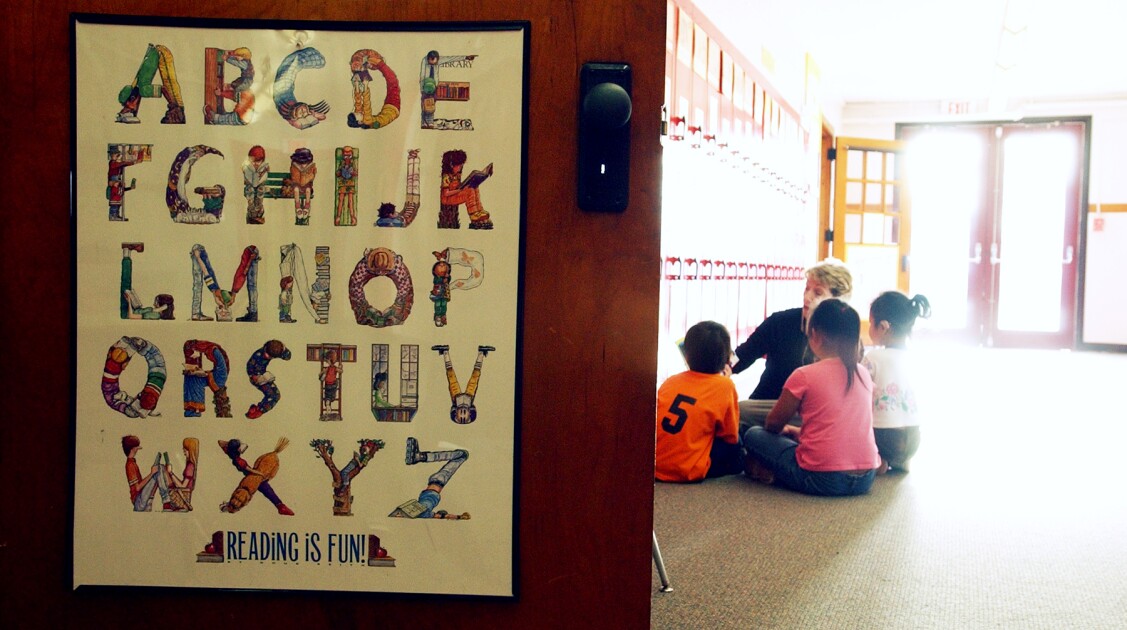Toddlers with autism spectrum disorders often have symptoms that are so subtle that parents and educators lose the advantage of early, effective treatment.
Now, three advocacy and research groups for children with disabilities have teamed up to present a “video glossary” that compares the behavior of typically developing children with that of children who are suspected of having an autism spectrum disorder. Such disorders are marked by impaired communication, difficulties in social interaction, and the presence of unusual repetitive activity.
In one set of video clips, two toddlers are shown reacting with trepidation when presented with a small windup toy. But while one youngster reaches out to his mother for comfort, another child suspected of having an autism spectrum disorder ignores the people in the room, including his father, and spins the wheels of a toy tractor to calm himself.
In another clip, a child is shown engaging in mock feeding of a stuffed toy, his mother, and a clinician in the room. A toddler of the same age also plays with the toy dishes, but only turning them over repeatedly. An inability to engage in appropriate “pretend play” is also considered a warning sign.
About 19,000 people had registered to view the videos by Oct. 15, the first day they were available online at www.autismspeaks.com, and a total of 44,000 had signed up by the second day, said Amy M. Wetherby, an autism researcher and the director of the First Words Project, based at Florida State University in Tallahassee.
First Words is a research investigation into the early signs of developmental language disorders. That group, along with First Signs Inc., an early-identification advocacy organization in Merrimac, Mass., and Autism Speaks, an awareness group based in New York City, spearheaded the video project.
Without a biological marker for the autism disorders, careful observation is crucial to a diagnosis, Ms. Wetherby said.
“We are not trying to have families diagnose their own children,” she said. Rather, they can use the video clips as a way to decide whether a more formal evaluation might be necessary.
For more stories on this topic see Special Education.







